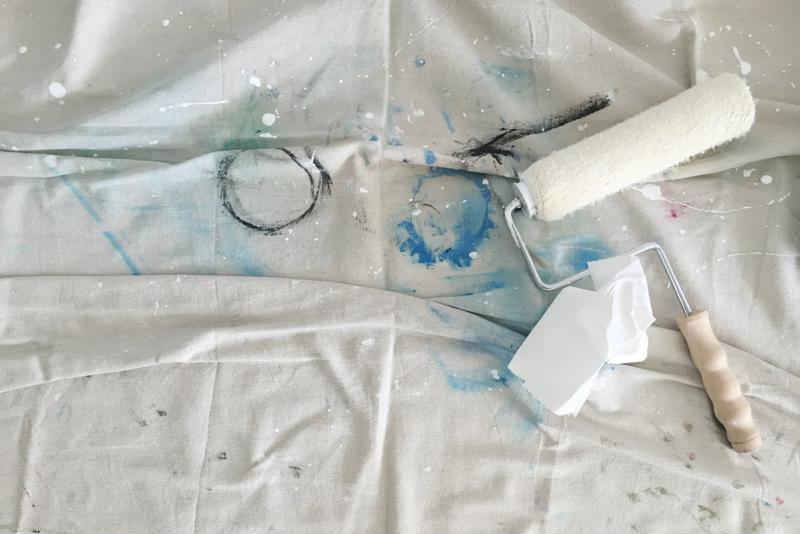Flowers are essential to most curb appeal strategies, lending home facades small pops of eye-catching color. If you’re looking to draw in buyers with some new blooms, consider planting perennials. As their name suggests, these plants flower for years, using elongated rootstocks to draw in extra moisture and reappear every growing season.
There are myriad perennials to choose from, but savvy gardeners focus on a couple key species.
Most flower enthusiasts are attracted to classic perennials like black-eyed Susans and peonies. However, a number of others are just as beautiful and can make your flower bed more unique. For instance, Russian sage plants provide colorful canvases for smaller blooms, but also draw ample attention with their tall, pale-blue stems and wide bases.
Of course, blanket flowers are another good option. These durable wildflowers come in vibrant gold, orange and red hues and look similar to daisies.
Thanks for watching! Come back later for more homeselling tips.



